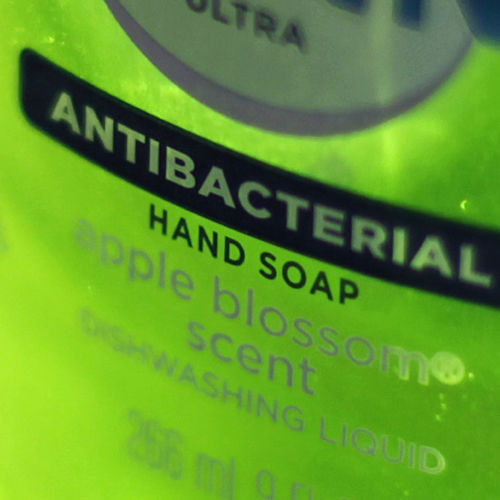This week’s antimicrobial news story covers an antimicrobial 3D printing material that has the potential to be used for tooth implants and other dental products. It is made of a dental polymer that is imbibed with ammonium salts. The creators claim their material kills 99% of bacteria, and will curb infections that result from dental procedures.
However, what about the 1% of bacteria that remain? They won’t be killed and will then proliferate, spreading the genes that led to their survival of the antimicrobial material. Not to mention that this material doesn’t only kill the infectious bacteria, but also the beneficial ones. This could become just another source of antimicrobial resistance and, unfortunately, most of the media reports on this don’t talk about this possibility. I also have to wonder how long the ammonium salts last. Theoretically, the surface of say, an implant, would be the primary part coming into contact with potentially infectious bacteria. Would the ammonium salt on this surface degrade into your mouth over time and lose effectiveness? Also, is the risk of infection all that high in dental procedures to begin with? I really have no idea. Maybe there are hygiene practices or alternative measures that could help decrease infection rates.
I’m sure this printing material could be really amazing in curbing dental infections resulting from procedures and dental gear. However, the effects of antimicrobial resistance should also be considered before going overboard, as we already have.
